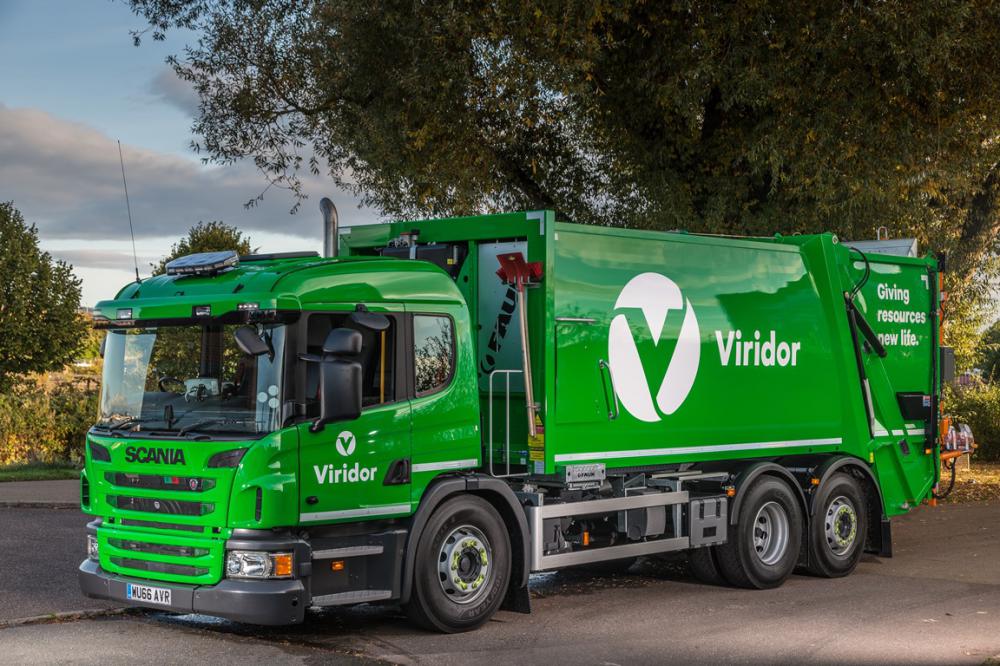Are there enough raw materials to make batteries?
Fortunately, there are no rare-earth elements in lithium-ion batteries (the type of battery used in electric vehicles) - and the components used to make the cells of a lithium-ion battery are far more common than you may think.
These components include copper, graphite (carbon), lithium, a polymer separator, an electrolyte liquid or gel, lithium salt, aluminium, and a lithium metal oxide (which usually, but not always, contains cobalt).
Lithium and cobalt are the two elements which can raise questions around sustainability and supply. Let's take a look into lithium and cobalt in more detail...




